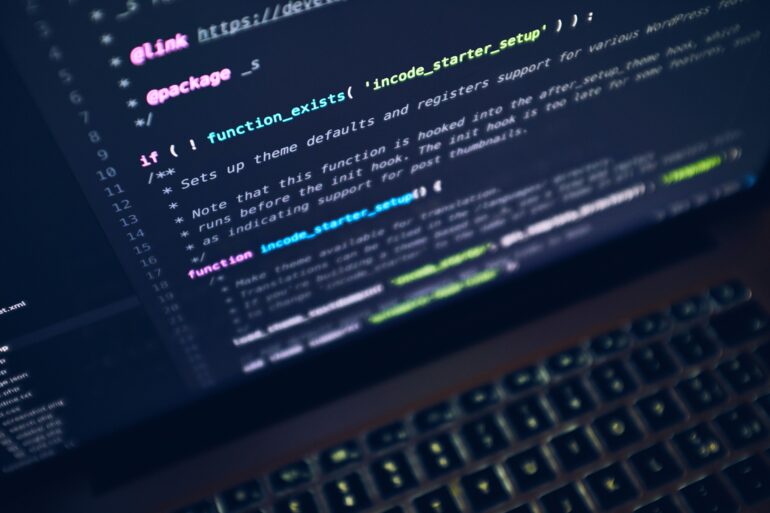TL;DR:
- AI-powered large language models (LLMs) are transforming software development.
- LLMs enable rapid code generation but raise concerns about code quality and technical debt.
- Self-correcting code, aided by AI, is becoming more feasible and practical.
- AI-driven initiatives streamline code review and propose automated edits.
- Self-healing code is an emerging concept, enabling real-time autonomous program corrections.
- AI can help manage technical debt by identifying and rectifying suboptimal code choices.
- Developers must play an active role in overseeing AI’s contribution to software development.
Main AI News:
The realm of software development is on the brink of a revolution, propelled forward by the relentless advancements in artificial intelligence (AI). In particular, the emergence of large language models (LLMs) has taken center stage, showcasing their remarkable potential to enhance and automate various aspects of this process. Two areas, in particular, have been at the forefront of this transformative wave: automatic code generation and self-correction mechanisms.
A Conundrum of Quality and Quantification: The AI-Generated Code Challenge
Leveraging LLMs enables the rapid generation of copious amounts of code. Nevertheless, this phenomenon raises concerns among software engineers regarding the quality of automatically generated code. An LLM has the capacity to produce thousands of lines of code in a short span, presenting a formidable challenge when it comes to reviewing and validating its quality. As a result, there is a risk of encountering subpar code or accumulating a backlog of “technical debt.”
Embracing the Reality of Self-Correcting Code
The concept of self-healing code has lingered in the realm of software engineering for quite some time. When a program encounters a bug, it traditionally provides an error message that pinpoints the issue and offers suggestions for rectification. Thanks to the surge in AI capabilities, the practical implementation of self-correcting code has become increasingly feasible.
At present, numerous initiatives harness the power of artificial intelligence to streamline code reviews and propose automated edits. One notable example comes from the tech giant Google, which has introduced an AI coding assistant that recommends edits to address feedback from code reviewers. However, efforts are also underway to extend this review capability to code deployed in production. This groundbreaking concept, referred to as “self-healing code,” envisions programs that can autonomously correct themselves in real-time during their operational phase.
Tackling Technical Debt: AI’s Role in Mitigation
Technical debt, the hidden costs associated with opting for quick and easy coding solutions over more optimal ones, poses an ongoing challenge in software development. To address this issue, several initiatives are exploring how AI can assist in managing technical debt. By leveraging AI’s analytical prowess, developers aim to identify and rectify potential pitfalls and suboptimal code choices, minimizing the burden of technical debt in the long run.
The Balance Between AI Empowerment and Human Supervision
As AI continues to advance and exert its influence, it remains crucial for developers to retain an active role and exercise oversight throughout the software development process. Undoubtedly, AI represents a formidable ally, capable of accelerating progress and delivering impressive outcomes. However, without the guidance and expertise of its human counterparts, there is a genuine risk of generating a code of subpar quality and accumulating technical debt. Therefore, while AI assumes a vital role in software development, its endeavors must always be under the watchful eye and discerning judgment of human developers.
Conclusion:
The integration of AI, particularly LLMs, in software development brings significant changes to the industry. Rapid code generation capabilities come with challenges, such as maintaining code quality and managing technical debt. However, the practical implementation of self-correcting code, aided by AI, opens new possibilities for real-time program corrections.
AI-driven initiatives streamline code reviews and propose automated edits, while also offering potential solutions to manage technical debt. It is crucial for developers to retain an active role and provide oversight to ensure the optimal utilization of AI’s potential in software development. The market must embrace the collaboration between human expertise and AI-driven innovation to navigate the evolving landscape successfully.

